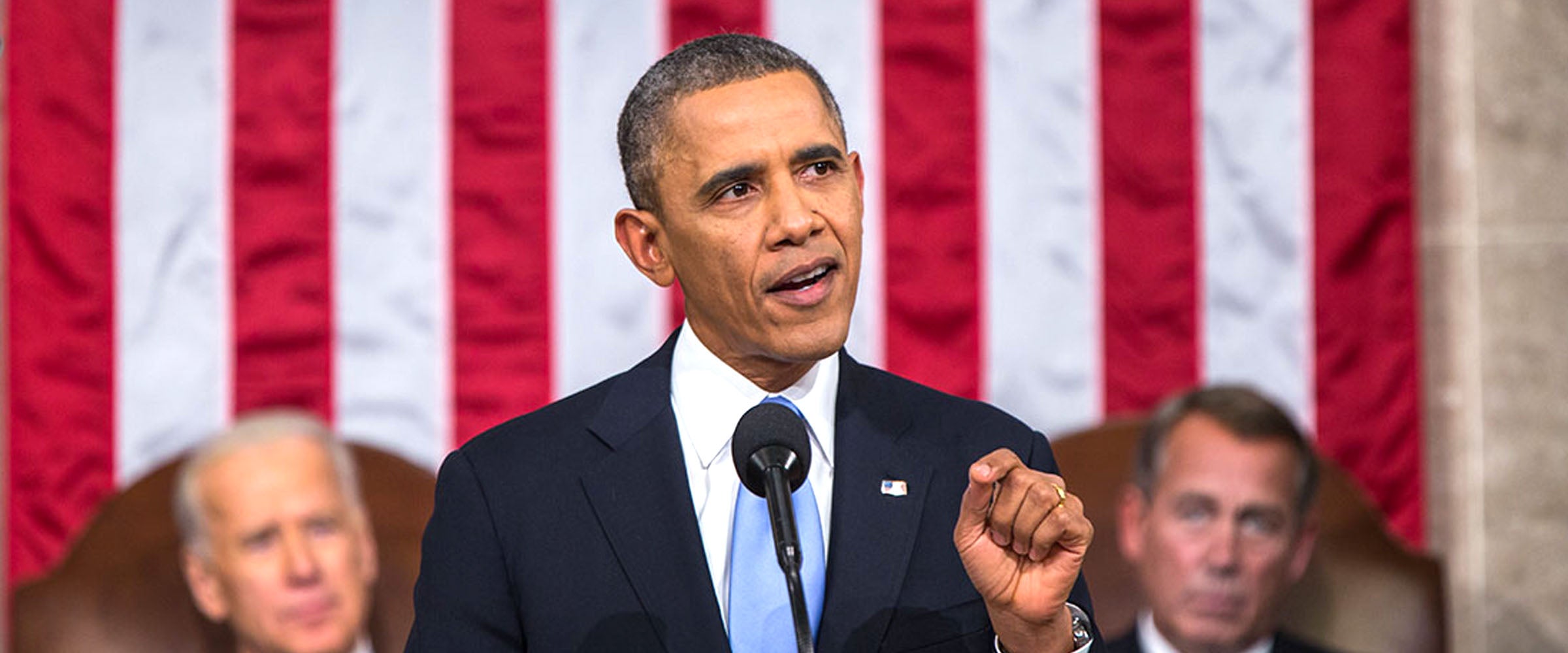Last week, while campaigning in Gary, Indiana, former President — and newly minted silver fox — Barack Obama told a crowd of his supporters that 10 year ago, while campaigning for president, he didn’t have a single gray hair. “I had no gray hair at the time,” he said. “[Indiana Pacer] Victor Oladipo was showing me a picture of me and him together. He looks the same but I don’t. But you know what? I earned this gray hair.”
But did he? That is, no matter the amount of stress someone is under — and God knows, Obama was under a crushing amount of it — can gray hair be earned? Or is it the natural order of things, bound to strike by a certain age, no matter the profession or the stress level it brings with it?
First, though, it’s important to understand how hair pigmentation works. According to WebMD, your hair follicles have pigment cells that make melanin — a chemical that gives your hair its color. “As you age, these cells start to die,” WebMD reports. “Without pigment, new hair strands grow in lighter and take on various shades of gray, silver and eventually white.” Or more simply, “Once a follicle stops making melanin, it won’t make colored strands again.”
So what triggers these cells to die off? Like all things hair-related, going gray is largely genetic. “If your parents or grandparents grayed at an early age, you probably will too,” David Bank, director of the Center for Dermatology, Cosmetic & Laser Surgery in Mount Kisco, N.Y. told U.S. News & World Report in 2012. “There’s not much you can do to stop genetics.”
Other factors like race and ethnicity also play a role in the gray countdown. White people typically start to notice gray strands around age 35, while African-Americans tend to be 40 when graying begins. That was more or less the case for Obama, who was 45 when he began his presidential campaign and nearly 56 after he left the office. “About 50 percent of people have half a head of gray by the time they’re 50, Jeffrey Benabio, a dermatologist with Kaiser Permanente in San Diego, told U.S. News & World Report in the same article referenced above.
Yet while most people can blame their gray hair on age, some illnesses cause gray hair, too. Same for poor nutrition and getting too little protein and B12, per another WebMD report.
As for whether stress also plays a role, there isn’t much research to support such a hypothesis. “Stress doesn’t actually turn hair gray. In fact, hair doesn’t actually ‘turn’ gray. Once a hair follicle produces hair, the color is set. If a single strand of hair starts out brown (or red, black or blond), it’s never going to turn gray. Your hair follicles produce less color as they age, so when hair goes through its natural cycle of dying and being regenerated, it’s more likely to grow in as gray beginning after age 35,” reports Harvard Health.
Still, there is 2013 study from New York University that discovered at least a small link between gray hair and stress. “The researchers found that hormones produced in response to stress can deplete the melanocyte stem cells that determine hair color,” reports the Huffington Post. “They found that stress causes the stem cells to leave our hair follicles, leaving hair gray or white.”
That means Obama isn’t completely wrong. But he would have had a better argument if his hair had fallen out during his presidency only to grow back in as gray once he left office. “Stress can trigger a common condition called telogen effluvium, which causes hair to shed at about three times faster than normal,” reports Harvard Health. “The hair grows back, so the condition doesn’t cause balding. But if you’re middle-aged and your hair is falling out and regenerating more quickly because of stress, it’s possible that the hair that grows in will be gray instead of its original color.”
Outside of telogen effluvium, though, the good news is that you’re not turning gray because of too much stress. The bad news, however? It’s because you’re getting old.

